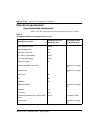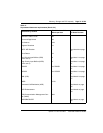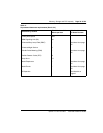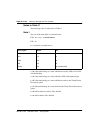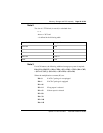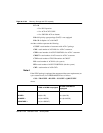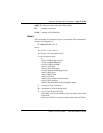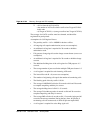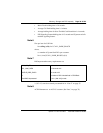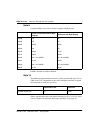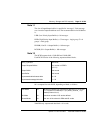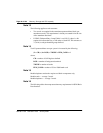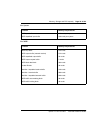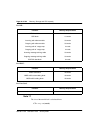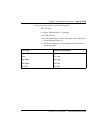
Page 38 of 544 Memory, Storage and CPU capacity
553-3011-100 Standard 14.00 January 2002
Y = 0 if no Network ACD (NACD)
= the number of ACD calls which overflow into Target ACD DNs
in this node
= (# Target ACD DNs) x (average overflow into Target ACD DNs)
The averages for NACD overflow must be estimated, and should be
engineered for peak periods.
Assumptions for Call Register Factors:
• The peak day traffic = 1.42 x ABSBH for business offices.
• All outgoing calls require authorization (worse case assumption).
• An additional call register is required for 20 seconds to hold the
authorization code.
• Fifty percent of outgoing calls use the charge account feature (worse case
assumption).
• An additional call register is required for 20 seconds to hold the charge
account.
• The additional holding time of the call register for CDR purposes is 5
seconds.
• The average number of ports used in the multiple CDR ports feature is 2.
• A call register is required for each incoming ACD trunk.
• The intra-office ratio R = 0 (worse case assumption).
• The number of originating calls equals the number of terminating calls.
• The blocking peak of the day traffic is P0.01.
• The average NARS/BARS call takes 20 seconds to dial and 20 seconds
to complete outpulsing and delay for answer.
• The average holding time of a RAN is 15 seconds.
• The average Telset Message takes 6 seconds to dial and 20 seconds to
complete outpulsing and delay for answer.
• The average IMS call takes 8 seconds to dial, 15 seconds ringing and 40
seconds with message attendant. During the busy hour, 60 percent of
terminating calls are unanswered, of which 50 percent require IMS.
• A call register is required for active Ring Again call.



